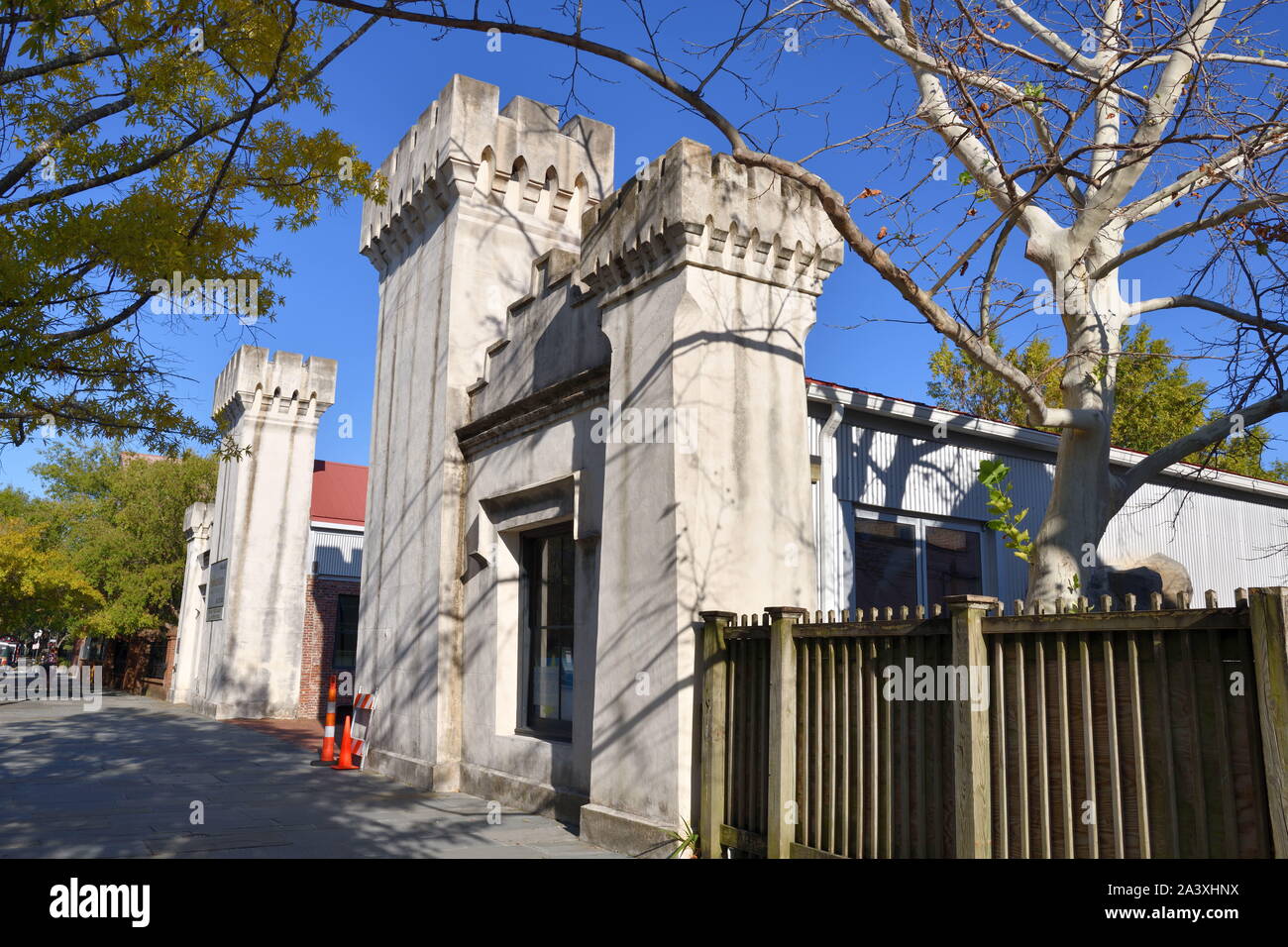
This paper examines the state of the industry after ten years of reforms, with a focus on competition, tariffs, and private sector participation. In 2001, after years of debate, the Russian government adopted an ambitious plan to transform this vertically integrated, government owned monopoly into a system that would rely more on private investment and competition and less on government ownership and regulation. The Russian economy relies on the Russian freight railways to an extraordinary degree. To obtain a complete list of titles or to request single copies of individual papers, please write to Kathy Burt at the above mailing address or at or call (202) 307-5794. Recent EAG Discussion Paper and EAG Competition Advocacy Paper titles are available from the Social Science Research Network at In addition, recent papers are now available on the Department of Justice website at atr/public/eag/discussion-papers.html. Department of Justice, LSB 9446, Washington, DC 20530, or by e-mail at Comments on specific papers may be addressed directly to the authors at the same mailing address or at their e-mail address.
#The railway switchman series
Information on the EAG research program and discussion paper series may be obtained from Russell Pittman, Director of Economic Research, Economic Analysis Group, Antitrust Division, U.S. The views expressed herein are entirely those of the author and are not purported to reflect those of the United States Department of Justice. The Antitrust Division encourages independent research by its economists. These papers are intended to inform interested individuals and institutions of EAG's research program and to stimulate comment and criticism on economic issues related to antitrust policy and regulation.
#The railway switchman pdf
To view the PDF you will need Acrobat Reader, which may be downloaded from the Adobe site.īlame the Switchman? Russian Railways Restructuring After Ten YearsĮAG Discussion Papers are the primary vehicle used to disseminate research from economists in the Economic Analysis Group (EAG) of the Antitrust Division. Inspected couplings, air hoses, journal boxes, and handbrakes to ensure they are securely fastened and functioning properly.This document is available in two formats: this web page (for browsing content) and PDF (comparable to original document formatting).Pulled or pushed track switches to reroute cars.Started or stopped trains when coupling or uncoupling cars, using hand signals, lanterns, or radio communications.Able to effectively communicate instructions, directions, processes, procedures, safety rules, and regulations to co-workers, supervisors, and others in written, oral, diagrammatic, and schedule form.
#The railway switchman professional
Able to talk to and effectively communicate with co-workers, yard personnel, switching crew, engineers, railroad officials and others in a clear, concise, courteous, efficient, and professional manner.





 0 kommentar(er)
0 kommentar(er)
